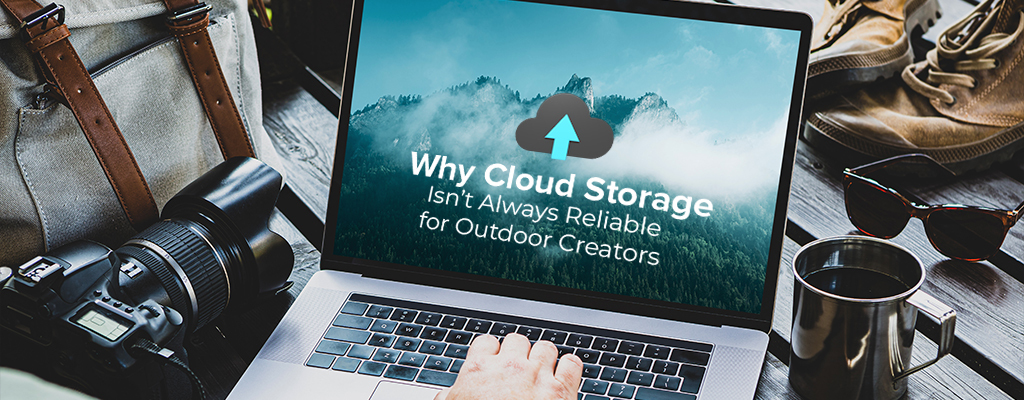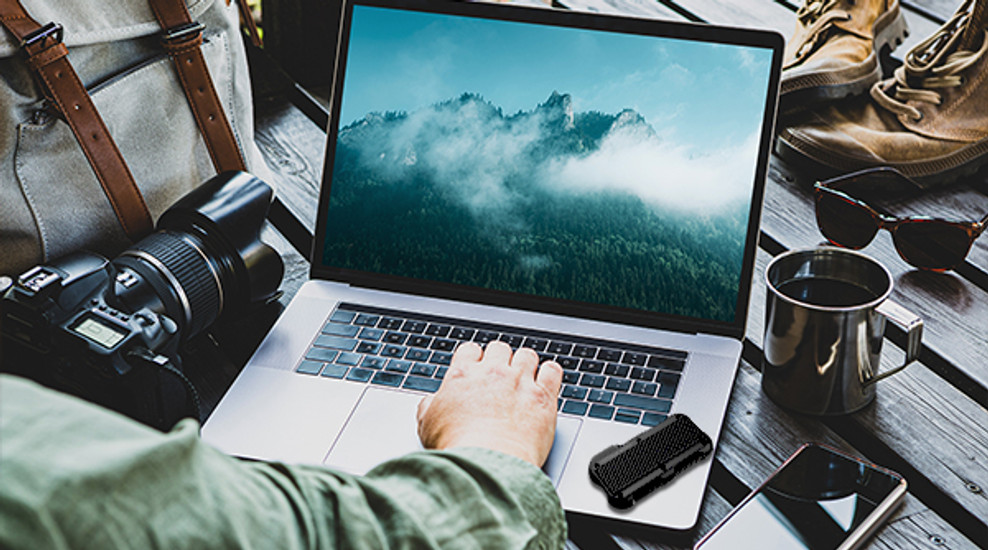Why Cloud Storage Isn’t Always Reliable for Outdoor Creators
Posted by TITANIUMMICRO on May 6th 2025

When you're working in the great outdoors—whether you’re hiking through mountains, filming in the jungle, or snapping photos in the desert—you need to know your data is safe. For outdoor creators, losing footage or not being able to save files can mean losing hours, even days, of hard work. While cloud storage is a popular option for many, it’s not always the best choice in rugged, remote places.
Cloud storage is great in theory. It offers endless space, easy access, and automatic backups. But out in nature, things don’t always go as planned. Cloud backup limitations quickly show up when you’re in the middle of nowhere with no signal and no internet.
The biggest issue? Internet connection. Cloud services need Wi-Fi or mobile data to work. If you're on a mountaintop or deep in the forest, chances are you won’t have either. Without a connection, you can't upload your files. That’s where cloud backup limitations become a real problem. You might end up with days of content and no way to save it safely.
Even when you do find a connection, it’s often too slow for big files. Outdoor creators often shoot in high-quality formats like RAW or 4K video, which means huge file sizes. Slow internet speeds make uploading painful—and sometimes impossible. Failed uploads, lost data, and wasted time are all risks when relying only on the cloud.
There’s also the issue of control. When you use the cloud, your files are stored on someone else’s server. That can feel risky, especially if you're working on a project that’s not ready to be shared. Even with security features, trusting a third party with your work isn’t always comfortable. And in some cases, it might even be against a client’s rules.
That’s why outdoor data storage should always be part of your gear setup. You need something that works anywhere, anytime, without needing the internet. That’s where rugged external SSD devices come in.

A rugged external SSD is made for tough conditions. It’s water-resistant, shockproof, and built to survive drops and bumps—perfect for wild environments. You can carry it in your backpack through rough weather, and your data will stay safe. It’s fast, too. You can copy your files in seconds, not hours. That’s a lifesaver when you’re trying to pack up before the storm hits or before the light disappears.
With outdoor data storage, your work stays with you. No worrying about connections, no waiting on uploads, and no relying on cloud servers. It gives you full control—on your own terms.
In the end, it’s not about giving up the cloud completely. Cloud storage is still useful when you're back in town or working in the studio. But when you’re out in the field, chasing adventure and capturing moments that may never come again, you need tools that work in real time.
So if you’re an outdoor creator, think twice before trusting the cloud alone. Your best bet is to combine it with reliable, physical storage that’s built for the wild. After all, your stories deserve to be saved—no matter where they’re made.

